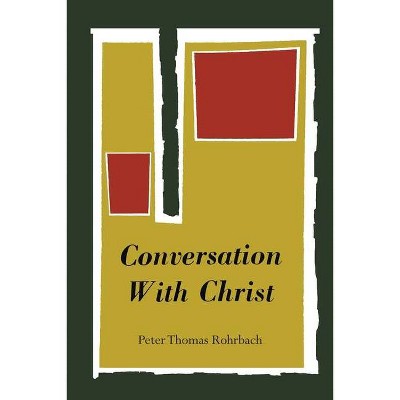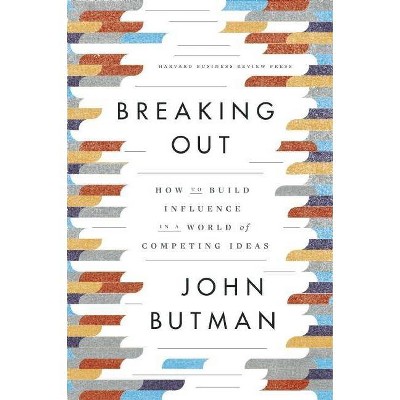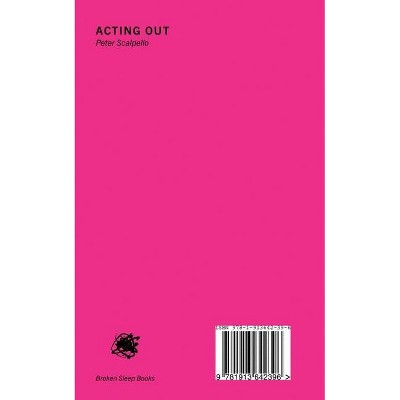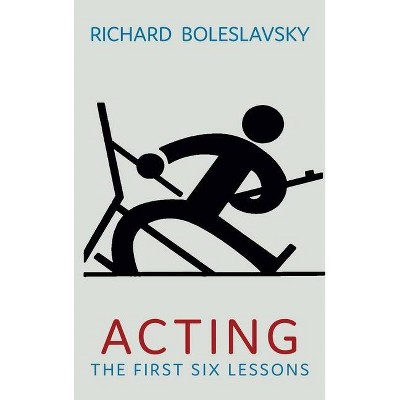Acting Out - by John Rohrbach (Hardcover)
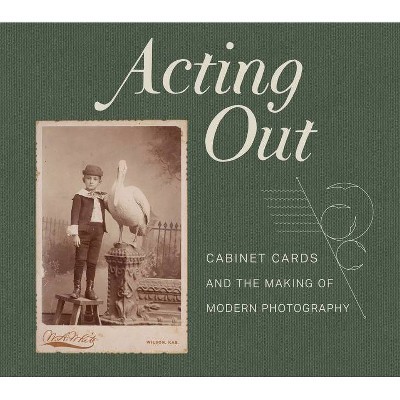
Similar Products
Products of same category from the store
AllProduct info
<p/><br></br><p><b> About the Book </b></p></br></br>"Cabinet cards were America's main format for photographic portraiture through last three decades of the nineteenth century. Standardized at 6 1/2-by-4 1/4-inches, they were just large enough to reveal extensive detail, leading to the incorporation of elaborate poses, backdrops, and props. Inexpensive and sold by the dozen, they transformed getting one's portrait made from a formal event taken up once or twice in a lifetime into a commonplace practice shared with friends. The cards reinforced middle class Americans' sense of family. They allowed people to show off their material achievements and comforts, and the best cards projected an informal immediacy that encouraged viewers feel emotionally connected with those portrayed. The phenomenon even led sitters to act out before the camera. By making photographs an easygoing fact of life, the cards set the root for the snapshot and even today's photo sharing. This first-ever in-depth examination of the cabinet card phenomena, assembled by Dr. John Rohrbach, senior curator of photographs at the Amon Carter Museum of American Art, takes the form of a major travelling exhibition and book. The project finds its roots in the work of New York City photography Napoleon Sarony who, starting in the 1860s, made cabinet cards his central tool for marketing the stars of the day. The project reveals how in reaction to the cards' ubiquity, photographers across the United States worked assiduously to set their businesses apart through use of elaborate, often incongruous, backdrops, overlays, and promotional advertising printed on both sides of the cards. It highlights how the cards transformed photography from a formal event into an avenue for personal expression where sitters took full advantage of photography's realism while openly playing with the medium's believability. In short, cabinet cards made photography modern. Essays by Rohrbach, Salvesen, and Pauwels address how cabinet cards reflected and encouraged the wide embrace of photography (Rohrbach), an in-depth essay on California photographer R. J. Arnold, who built a successful small-town business on the cabinet card (Salvesen), and an essay on New York City photographer Napoleon Sarony's innovative efforts using his patented Posing Apparatus"--<p/><br></br><p><b> Book Synopsis </b></p></br></br>Cabinet cards were America's main format for photographic portraiture throughout the last quarter of the nineteenth century. Standardized at 61/2 x 41/4 inches, they were just large enough to reveal extensive detail, leading to the incorporation of elaborate poses, backdrops, and props. Inexpensive and sold by the dozen, they transformed getting one's portrait made from a formal event taken up once or twice in a lifetime into a commonplace practice shared with friends. <p/> The cards reinforced middle-class Americans' sense of family. They allowed people to show off their material achievements and comforts, and the best cards projected an informal immediacy that encouraged viewers to feel emotionally connected with those portrayed. The experience even led sitters to act out before the camera. By making photographs an easygoing fact of life, the cards forecast the snapshot and today's ubiquitous photo sharing. <p/> Organized by senior curator John Rohrbach, <i>Acting Out</i> is the first ever in-depth examination of the cabinet card phenomena. Full-color plates include over 100 cards at full size, providing a highly entertaining collection of these early versions of the selfie and ultimately demonstrating how cabinet cards made photography modern. <p/> Published in association with the Amon Carter Museum of American Art. <p/> Exhibition dates: <br> Amon Carter Museum of American Art: August 15-November 1, 2020 <br> Los Angeles County Museum of Art (LACMA): August 8-November 7, 2021<p/><br></br><p><b> Review Quotes </b></p></br></br><br><p>"<i>Acting Out</i> adds to the historical narrative of photography."</p>-- "Dallas Morning News"<br><p/><br></br><p><b> About the Author </b></p></br></br><b>John Rohrbach</b> is Senior Curator of Photographs at the Amon Carter Museum of American Art.
Price History
Price Archive shows prices from various stores, lets you see history and find the cheapest. There is no actual sale on the website. For all support, inquiry and suggestion messagescommunication@pricearchive.us
